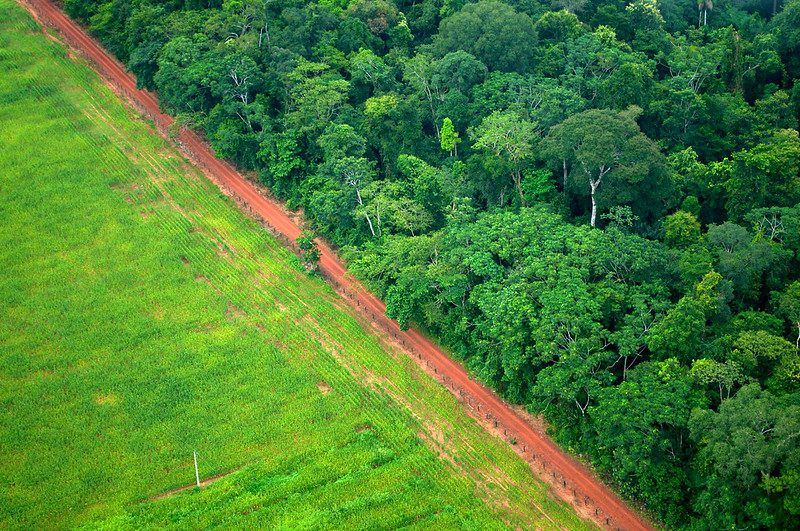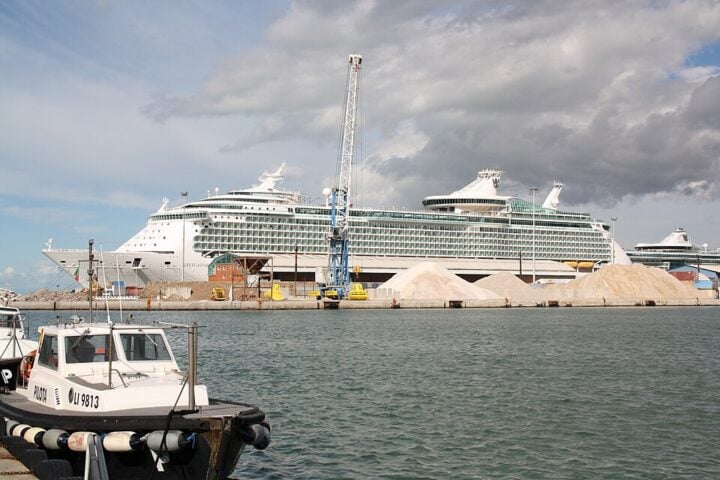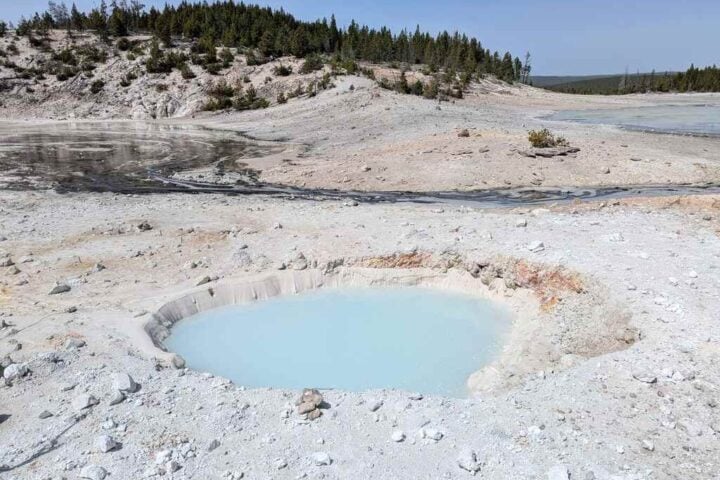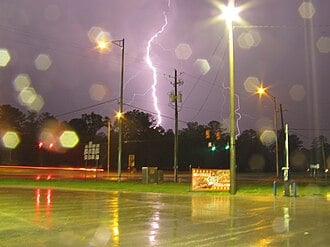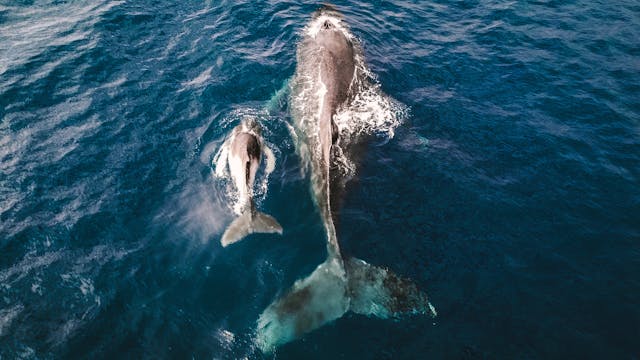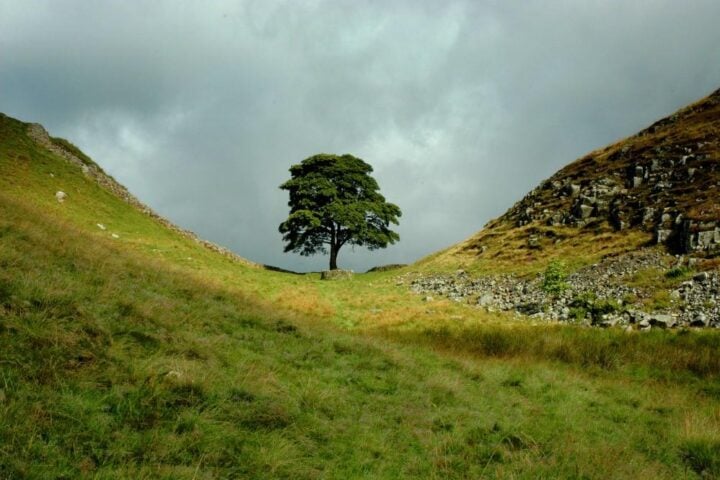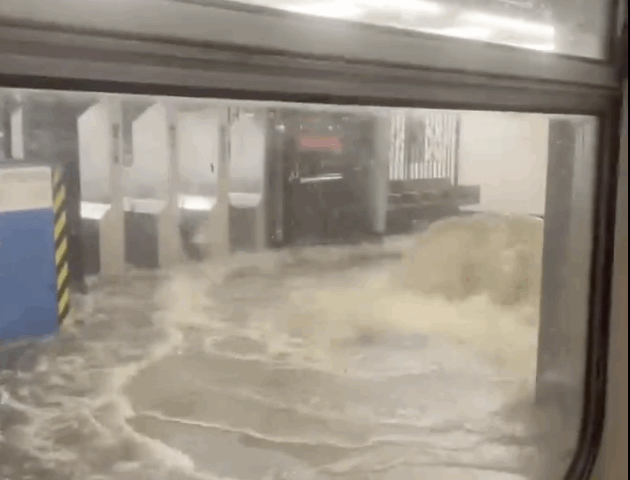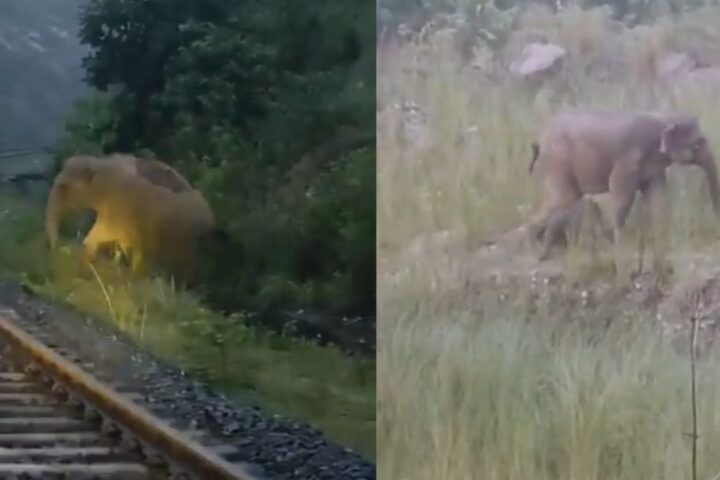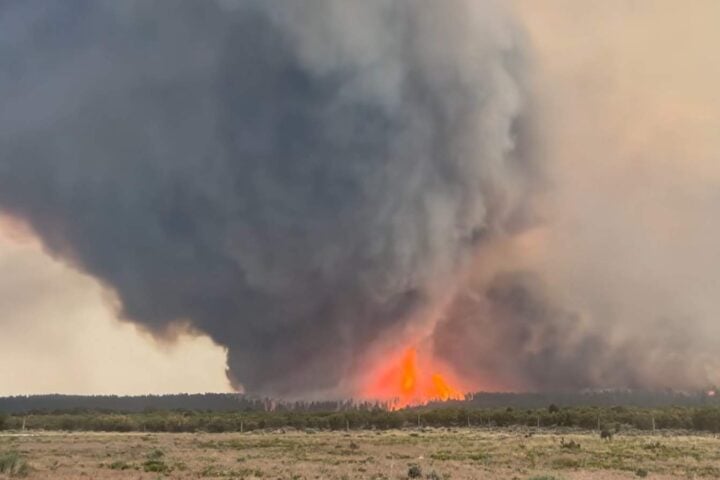

Climate change and an increase in heat waves are causing drying out and water bodies are slowly disappearing. Losing waterways means a serious risk to shipping routes, agriculture, energy supplies and drinking water. The world is completely in the grasp of climate change and it has an extreme economic impact. From the America west to China, Australia to India, some of the world’s most important rivers and lakes have been drained dry for agriculture, industry, and drinking water. “The ongoing and strong La Nina connects the drought and low river flows in North America, Europe, Middle East and the southern hemisphere”. Says Richard Seager, a researcher professor at Columbia University’s Lamont Doherty Earth Observatory. The human-caused climate crisis isn’t just impacting rivers, but also people and animals who depend on them. The world’s Lakes & Rivers are drying up from extreme weather.
- The Colorado River is drying up at its bank and thinning out. The river is maintained by two of the US’s largest reservoirs. One of the reservoirs, Lake Mead, is shrinking in size as the water level drop towards “dead pool” status. The lake’s water levels have been on a downward trend since 2000, but have had a sharper drop since 2020.


The Colorado River and its tributaries wash out about 4.5 million acres of land, generating about $1.4 trillion a year in agricultural and economic benefits. A 23 year drought has left the river in an extreme situation while the interior ministry has set up plans to be executed in 2023 for the conservation of the Colorado river system.
- China’s Yangtze River is drying up at its banks, and Yangtze’s tributaries are already intensely dry. China has announced a nationwide drought alert for the first time in nine years, and its heatwave is its longest in six decades.
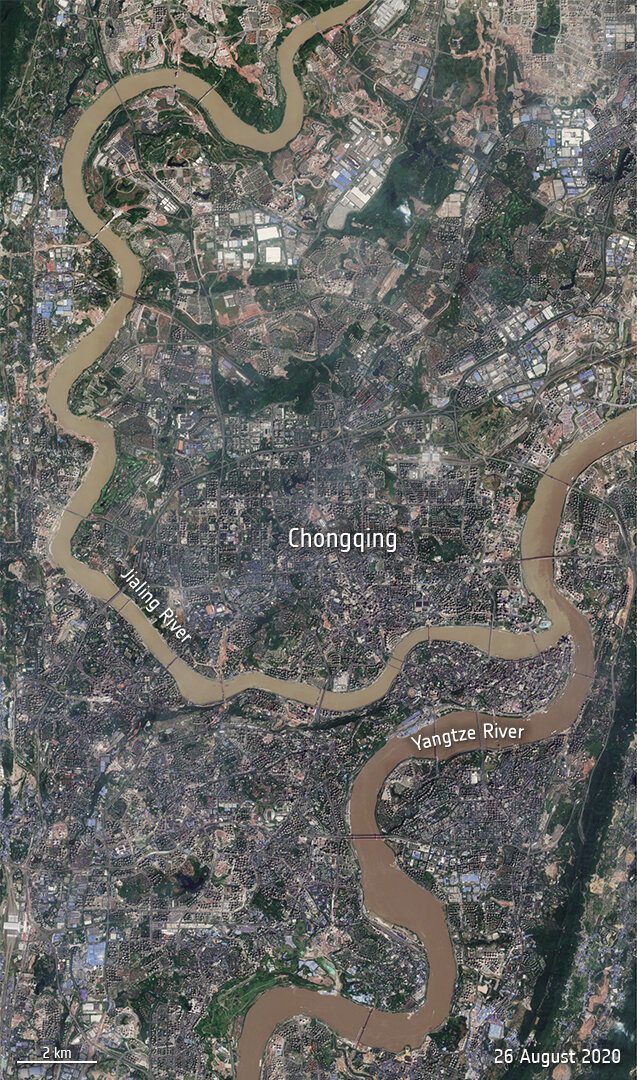
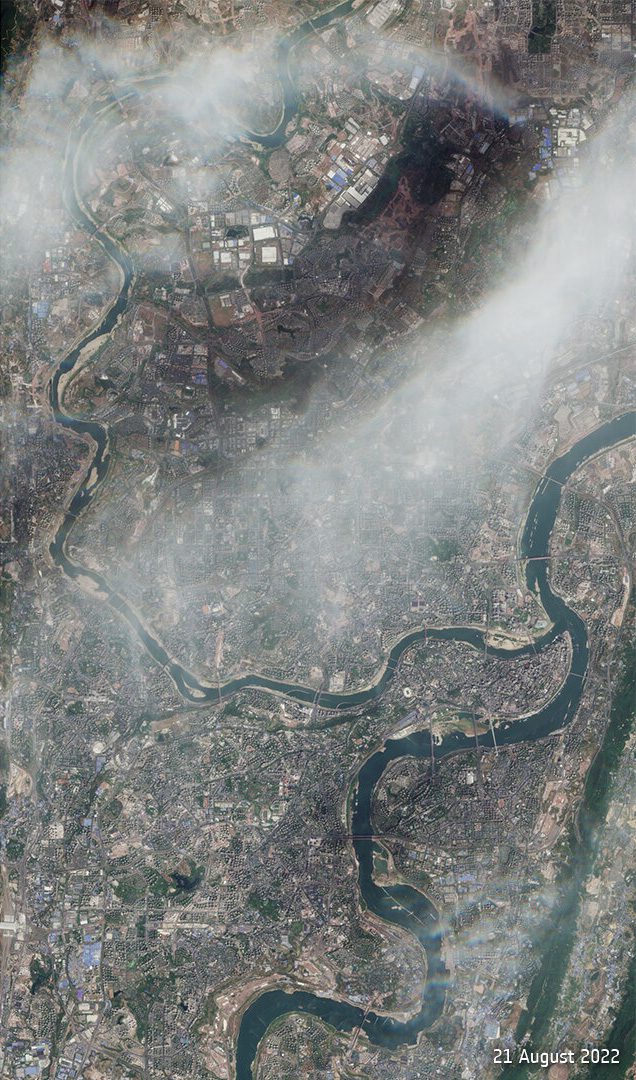
Drying Yangtze has a vast impact, In the Sichuan province of 84 million people, hydropower makes up about 80% of electricity capacity.
India’s holiest Yamuna River has “almost dried up”. There is already an existing drinking water problem in several areas in Delhi. An official of the Delhi Jal Board (DJB) said the water supply from these plants has been reduced by up to 40 %, leading to a shortage of 98 MGD of water.


In 2021 the board moved to the supreme court to seek directions to Haryana to release additional water in the Yamuna by writing to the Haryana Irrigation Department three times. Haryana supplies 610 MGD to Delhi through two canals, The Carrier Lined Channel (CLC) and Delhi sub-Branch (DSB), Which are supplied water from Hathni Kund via the Munak canal and the Bhakra Beas Management Board.
- The Rhine River starts in the Swiss Alps, flows through Germany and the Netherlands and then flows out to the North Sea. It’s an important source for European shipping. The Rhine has different measures along the way, including in Kaub west of Frankfurt, Germany, where the water level has dropped to as low as 32cm (12.6 inches). Shipping companies normally consider anything less than 40cm (15.7 inches) on the Rhine too low to stress with and in Kaub, less than 75cm (29.5 inches) normally means a container ship has to reduce its loads to about 30%, according to Deutsche Bank Economists.
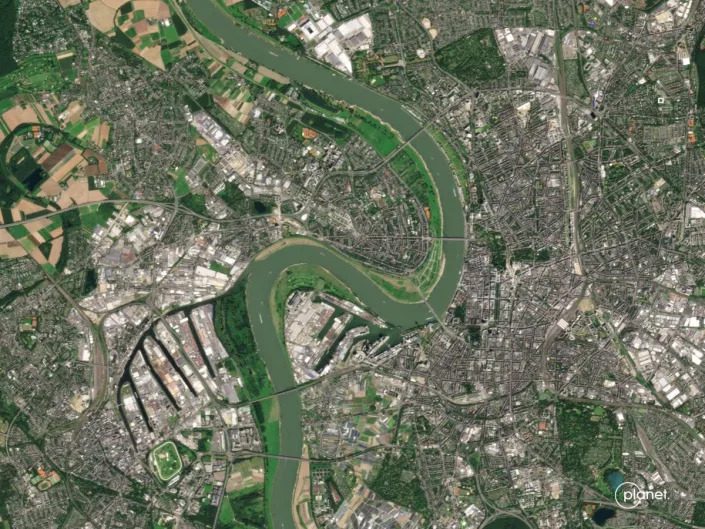
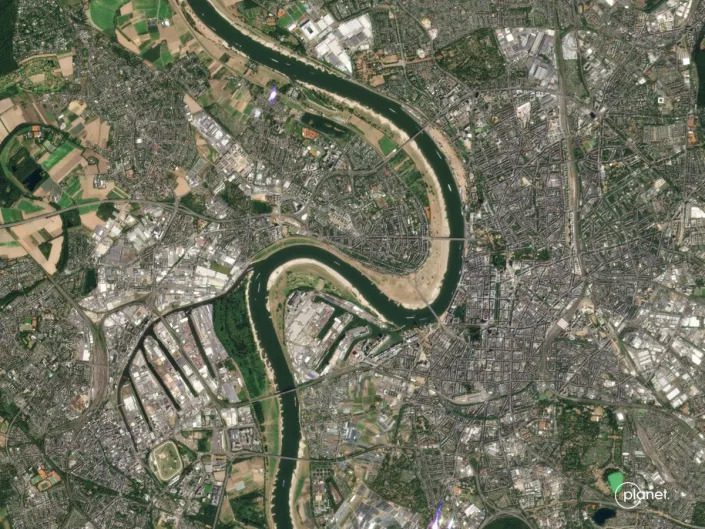
Due to the low water level company pays higher levees to pass, which makes shipping more expensive and the cost is usually passed on to consumers.
- The Po River cuts right over the top of Italy and flows out east into the Adriatic Sea. It’s covered by winter snow in the alps and heavy rainfall in the spring. But now winter was dry in northern Italy, so now less water has been provided by snow, and spring and summer have been dry.
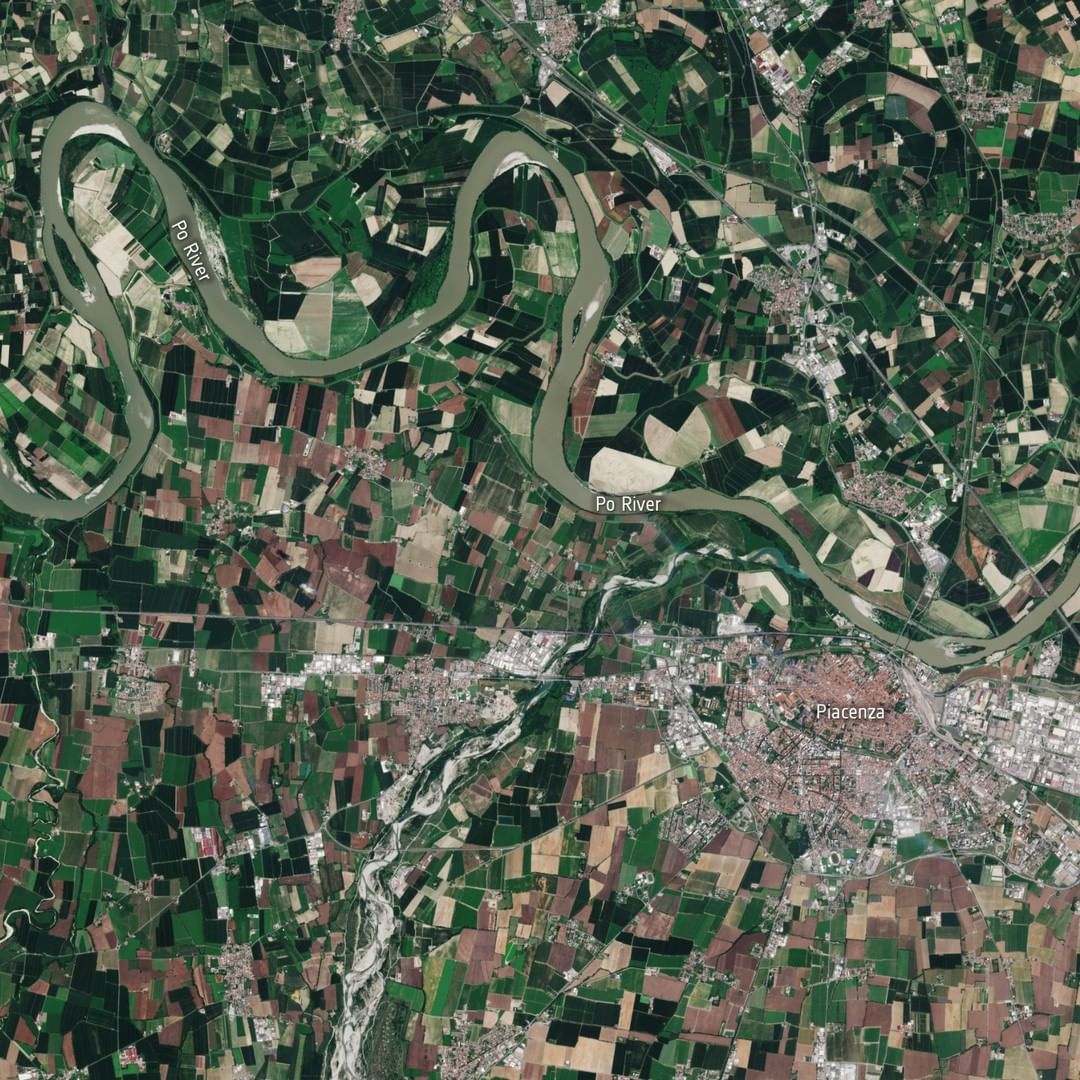
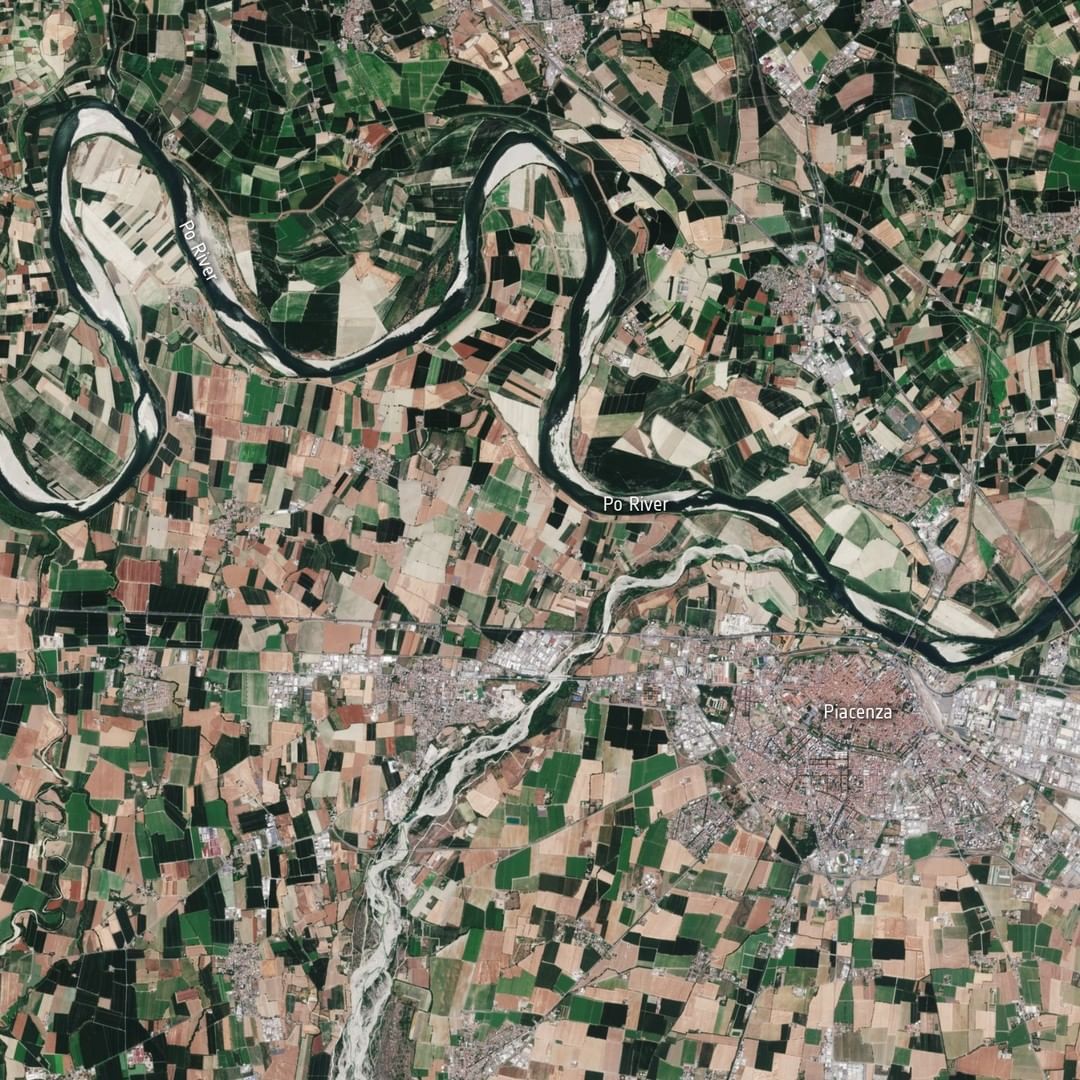
The region witnessed the worst drought in seven decades. Around 30% of Italy’s food is produced along the Po River as some of the most famous exports like Parmesan cheese are made here. Recently the River Po is so dried up that a World War 2-era bomb was recently found in the middle of Decreasing water.
- The France Loire River sustains a valley of vineyards that produce some of the world’s most famous wines. It is considered France’s last wild river, supporting biodiverse ecosystems throughout the valley, and much of it is protected by The Union Nations Educational, Scientific and Cultural Organization.
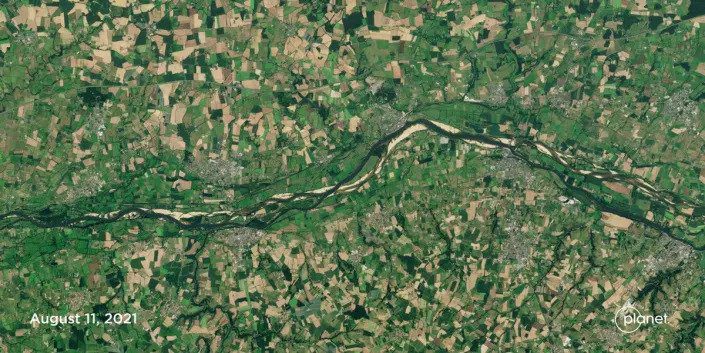
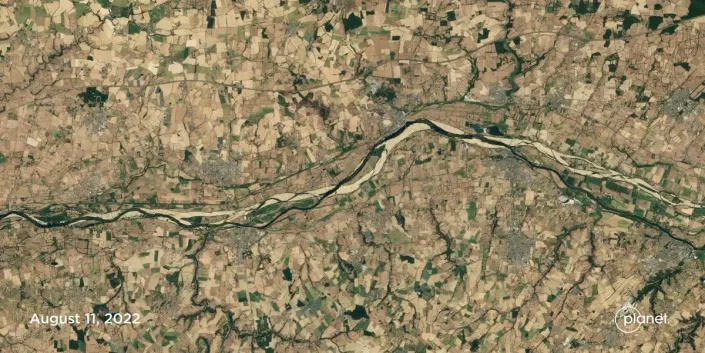
Parts of the river are starting to dry up already, its levels and flow can change rapidly with the weather and as snow melts. Some parts are so dried out from the lack of rain and extreme heat.
- Western Europe’s longest Danube River is a crucial shipping channel that passes through 10 countries. In Serbia, Romania and Bulgaria workers are clearing the bed of the river just to ensure vessels can still navigate it. An average 1,600-ton vessel can now only navigate the Hungarian stretch without any cargo according to the country’s tourist board. It’s not in as bad a condition as some of Europe’s other rivers but countries like Hungary are so reliant on the river Danube for tourism, that the impact is already being felt.
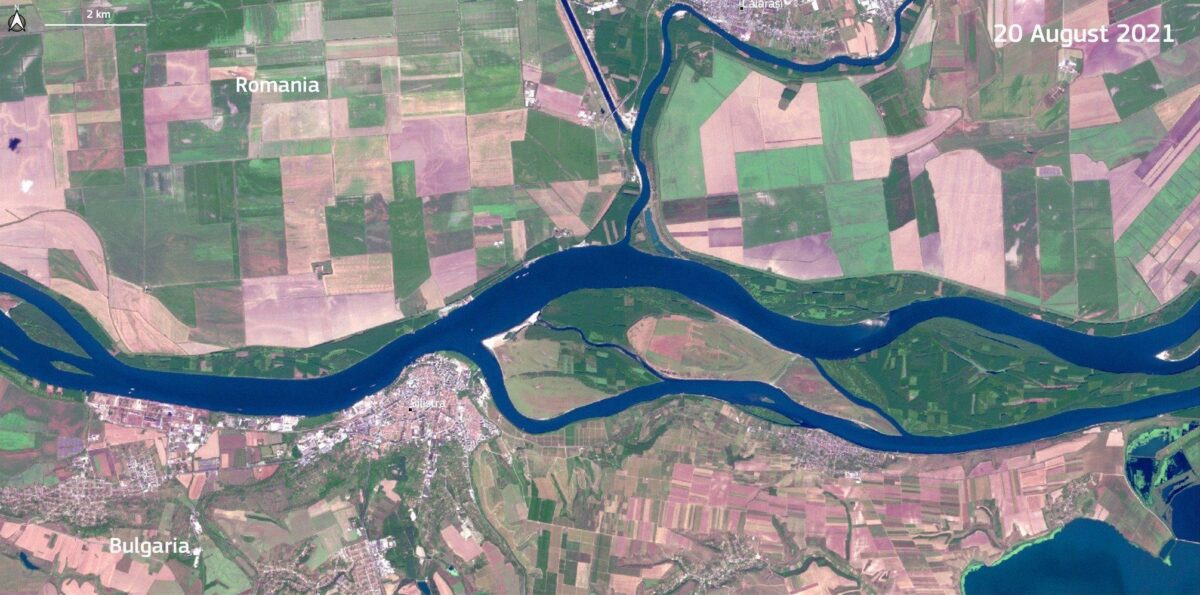
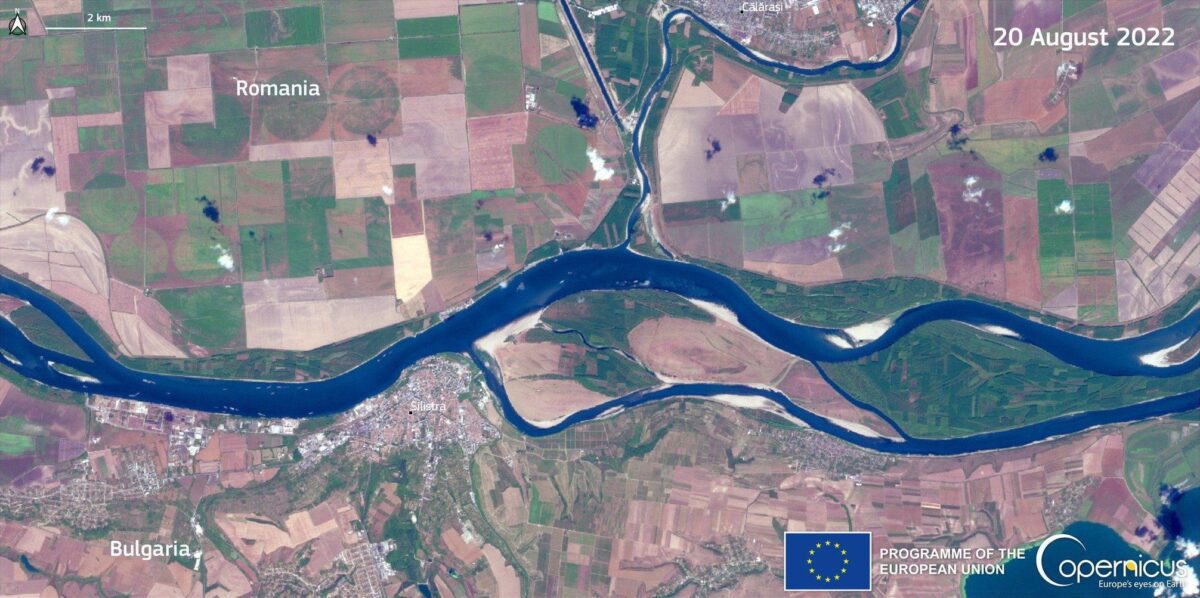
The ICPDR Ministerial Meeting on 8 February 2022 highlighted that Climate Change will lead to drought, water scarcity, extreme hydrological phenomena and other impacts, while water management issues for the Danube River Basin will become evident.
- In April 2022, the overall area covered by bodies of water in Iraq was down by 50% compared with April 2020, to about 3,500 sq. km, the Qadisiyah Reservoir or the vast Thartar Reservoir, which has lost about 30% of its area since April 2020. There again, recent climatic developments come as the last straw, in another water war situation: this time Iraqi authorities lay blame on Turkey and its dam-building policy upstream of the Euphrates River.
- China’s largest freshwater lake, Poyang Lake, has shrunk to 25% of its usual size amidst drought and extreme temperatures. Poyang Lake, which typically feeds irrigation channels to nearby farmlands, is now just 285 square miles, down from its average of 1,400 square miles.
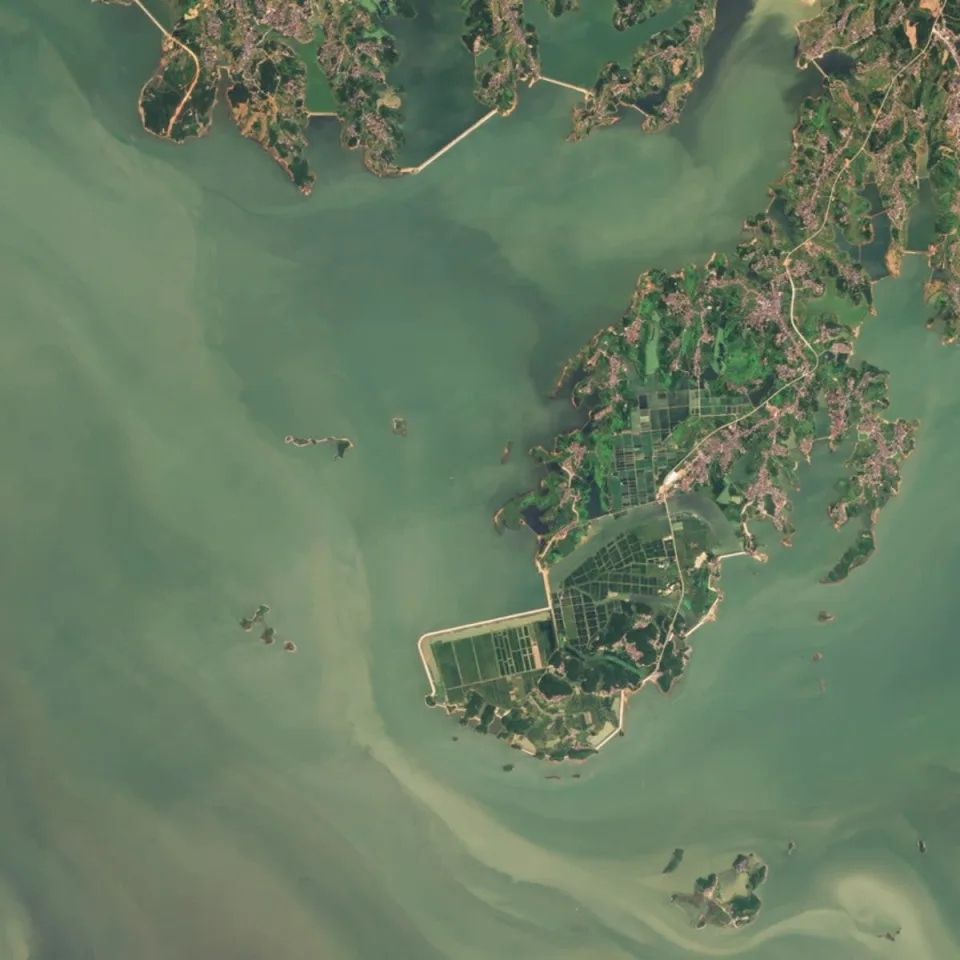
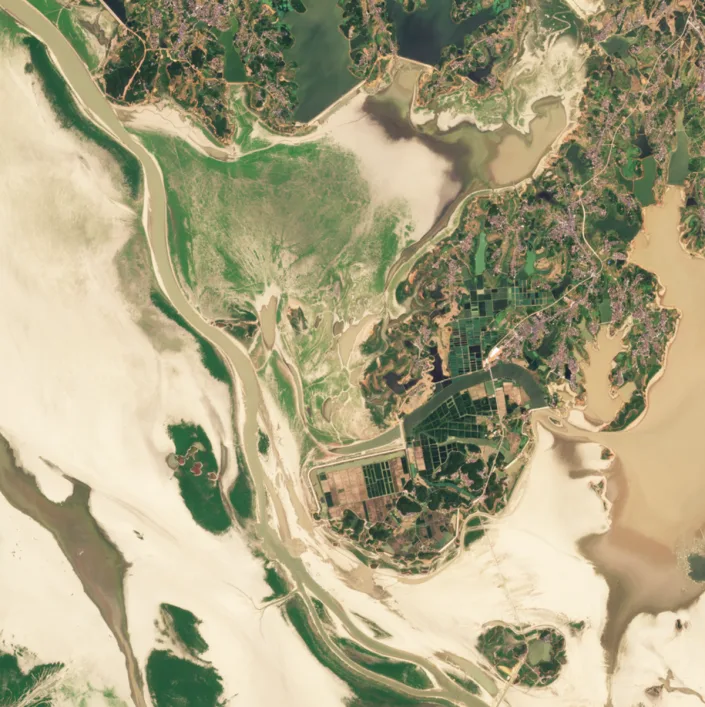
It’s located in Jiangxi province and experiencing its dry season at the earliest date since records began in 1951. The water may be at its lowest level in recent history. High temperature and drought have forced the lake into its earliest drying season in 71 years.
- Lake Powell has been shrinking for the past five years and its currently at its lowest point since 1967. Lake is the key component of the water system in the western U.S. After three years of intense drought and two decades of long-term drought in the American Southwest, federal water managers have been forced to reduce the amount of water that will be portioned out to states around the Colorado River watershed in the 2023 water year.




According to an August 16, 2022, announcement from the U.S. Department of the Interior, Arizona will receive 21% less water from the Colorado River system next year; Nevada will receive 8% less, and Mexico will get 7% less.
Total of 17 countries listed in the category of suffering from extremely high baseline water stress- Qatar, Israel, Lebanon, Iran, Jordan, Libya, Kuwait, Saudi Arabia, Eritrea, United Arab Emirates, San Marino, Bahrain, India, Pakistan, Turkmenistan, Oman and Botswana. The water demand will have grown by 40% by 2050, and 25% of people will live in countries without enough access to clean water.
While climate change is playing a role, the building of dams, over-extraction and mismanagement of water and over-fishing are all playing a part in the drying of the world’s lakes and rivers.
The world water week 2022 programme cover drought-related risks that are increasing worldwide affecting the livelihoods of communities on Sunday 28th August.
Nature-based Solutions (NBS) to mitigate drought-related risks can be a potentially cost-effective method to improve livelihoods. However, its execution on a large scale is limited. In 2019 only 3.4% of the cases of NBS were used for drought risk management. To mitigate drought challenges, sustainable management of ecosystems at a landscape scale is needed.

